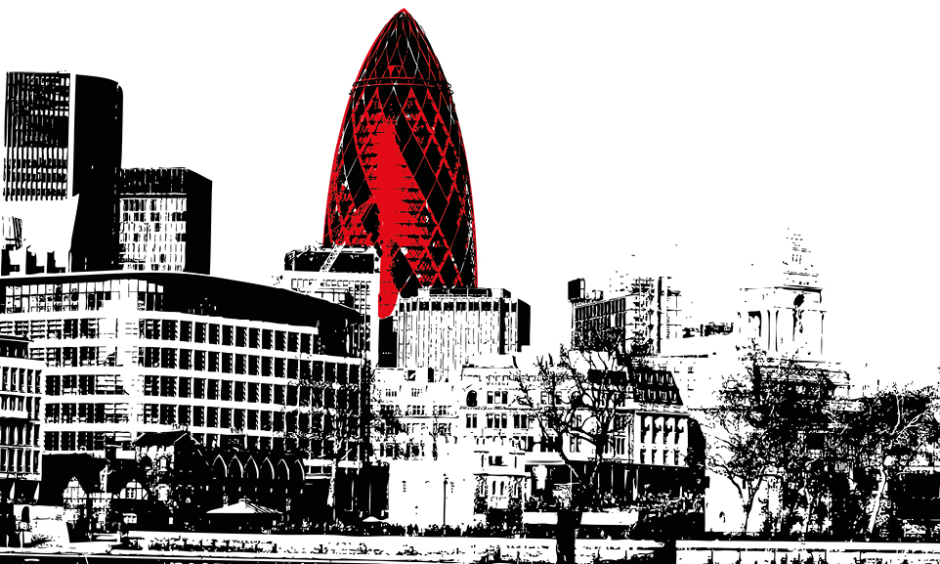Abstract
The complement system causes kidney injury in a variety of different diseases, and clinical evaluation of the complement system is an important part of the diagnostic workup of patients with glomerulonephritis. In cases of ongoing, uncontrolled complement activation, the kidney is susceptible to complement hyperactivation, and thrombotic microangiopathy associated kidney injury can occur. Two principle modes of complement-mediated kidney injury have been proposed: classical pathway mediated injury in immune complex diseases and/or alternative pathway mediated renal injury causing atypical haemolytic uraemic syndrome (aHUS) and C3 glomerulopathy in patients with abnormalities in alternative pathway regulation. Recent advances have also provided new insights into the pathogenesis of glomerular and tubulointerstitial injury associated with aberrant complement activation. Complement inhibition is effective for treatment of aHUS, and there is growing evidence of the favourable effect of the anti-C5 monoclonal antibody eculizumab. Measurement of ex vivo serum-induced endothelial C5b-9 deposits is supposed to be a sensitive tool to monitor complement activation and eculizumab effectiveness. Although understanding the role of the complement system in the pathogenesis of many kidney diseases is improved, there is not a simple algorithm for identifying which patients should be treated with complement inhibitors or for how long complement inhibition should be continued.
Please view the full content in the pdf above.






